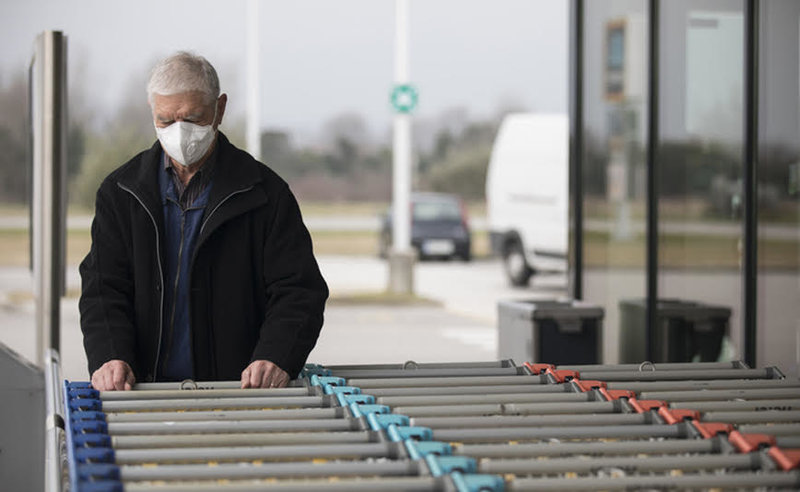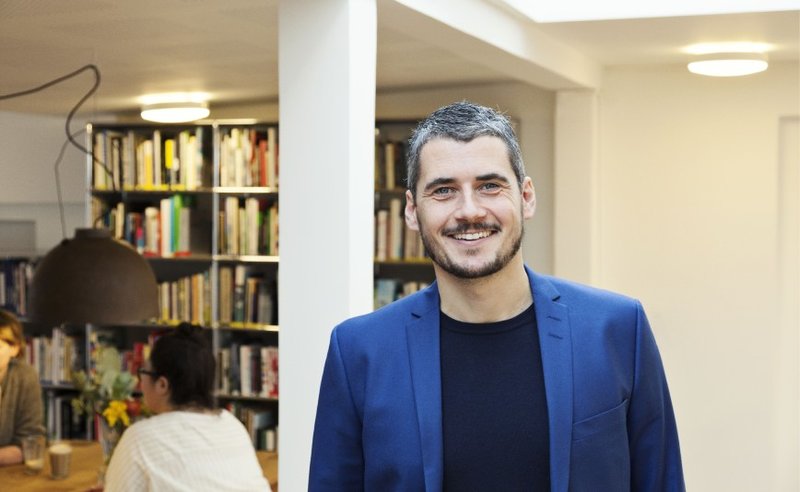The Swedish payment provider's success began well before the coronavirus crisis. 205,000 retailers currently use Klarna's payment processing solutions, and the company has over 2700 employees in 17 countries. One success factor is Klarna's unmistakable branding, which comes in pink and with brand ambassadors like Lady Gaga and Snoop Dogg. Responsible for this is Chief Marketing Officer David Sandström.
Products and brands have a problem nowadays: "The products are there, but the brand is missing", says David Sandström. Even though brands play a decisive role, or more precisely: the feeling that they evoke in customers. This is all the more true for payment processor Klarna. Because one thing David Sandström knows for sure: «Payments aren't the most exciting things in the world».
In a video Sandström explains, how hip a payment provider can be and what it would look like if Gucci was a payment provider:
Companies should be aware of the facts, that: «For every product there are ten others that are equally good.»

Urban Retail 2030: Embracing the Next Normal After the Crisis
#iht20
Thomas Sevcik: "Cities are not waiting for traditional retail"
Thomas Sevcik is co-founder of the think tank arthesia and one of the masterminds behind the Autostadt project in Wolfsburg. At the GDI Retail Summit and here in this interview, he talks about the changing shopping behaviour of the middle classes, the role of retail in the city and the dematerialisation of consumption.
How COVID-19 forces retailers to rethink
It is not yet certain how consumers will behave in the "New Normal" after the peak of the crisis. What is clear is that ideas and developments are already emerging in the retail sector that would not have existed without the pandemic. Three examples.
Kristian Villadsen: ”We need cities where it is easy to do good”
We need to create cities where the most comfortable and simple lifestyle is also the healthiest and most sustainable, says Kristian Villadsen, partner and director at the renowned Danish architectural firm Gehl Architects. At the GDI Retail Summit and here in this interview, Villadsen reveals how the city's retail sector can reinvent itself after Covid-19.